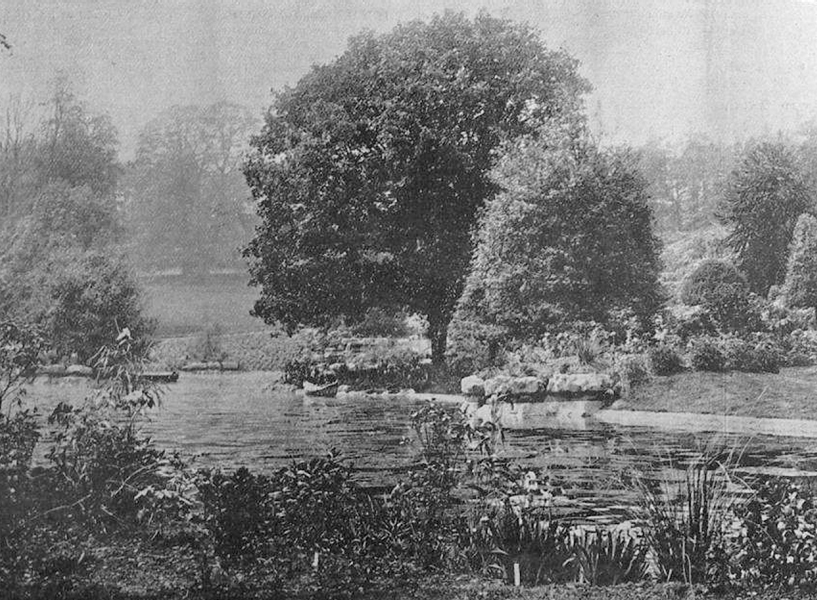
Image: Representatives from Berkeley & Audley attending the official opening of the SANG parkland to the public.

Image: Photos showing an ongoing fire inside the Iranian embassy during the 1980 siege.

Image: UK & Irish governments including Prime Minister Edward Heath, sign the Sunningdale agreement in Northcote House.
The Sunningdale Agreement is considered by many to have been the forerunner and inspiration to the current Good Friday Agreement.
The Civil Service College (later named National School of Government) was part of the Cabinet Office, and was responsible for running training, organisational development and consultancy courses for UK civil servants and private learners.

Image: The previous Northcote House from the South West circa 1900, before its 1931 remodel.
The Joicey family were quick to make their mark on Sunningdale Park. They hired James Pulham II (a student of Capability Brown) to remodel the lake, and construct various rock works and boat cave.
Around this time, several red bricked Victorian buildings were constructed around the site, including the North and South lodges.

Image: Sunningdale Park lake in 1899, after the remodelling by James Pulham II.
Image: A drawing room in Northcote House in 1893. The chandelier was by F and C Osler.

Image: The previous Northcote House from the South East, circa 1866, whilst under ownership of Sir Charles Crosley.
The house built by James Wyatt for the Steuarts is believed to have been constructed just east of the current Walled Garden, however there are no photographs to indicate its design, and was later demolished at some point between 1842 and 1868.

Image: A Rocque painting (1752) showing Sunningdale and the local area. A red border imposed onto the painting shows the outline of the current estate boundary.